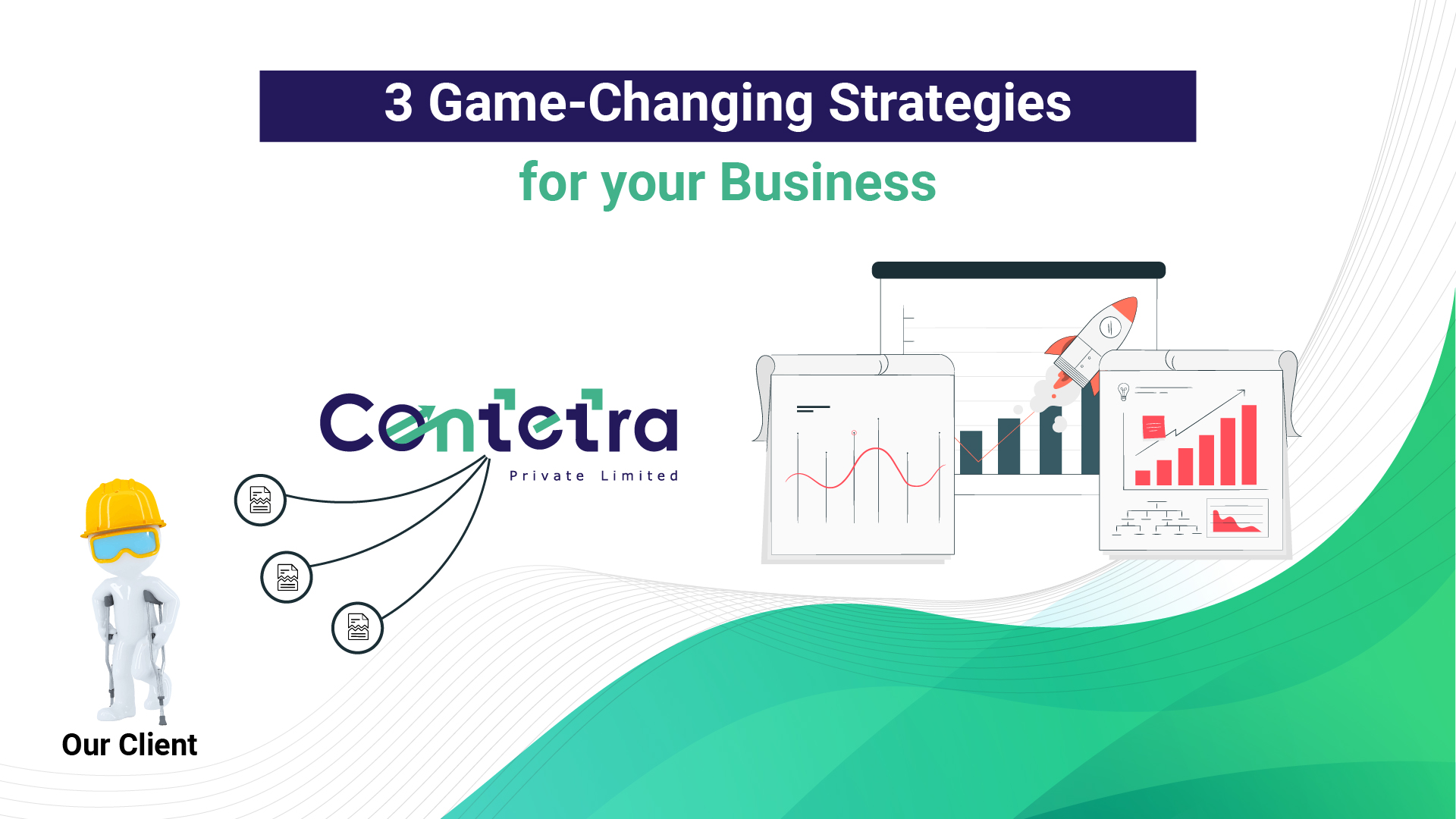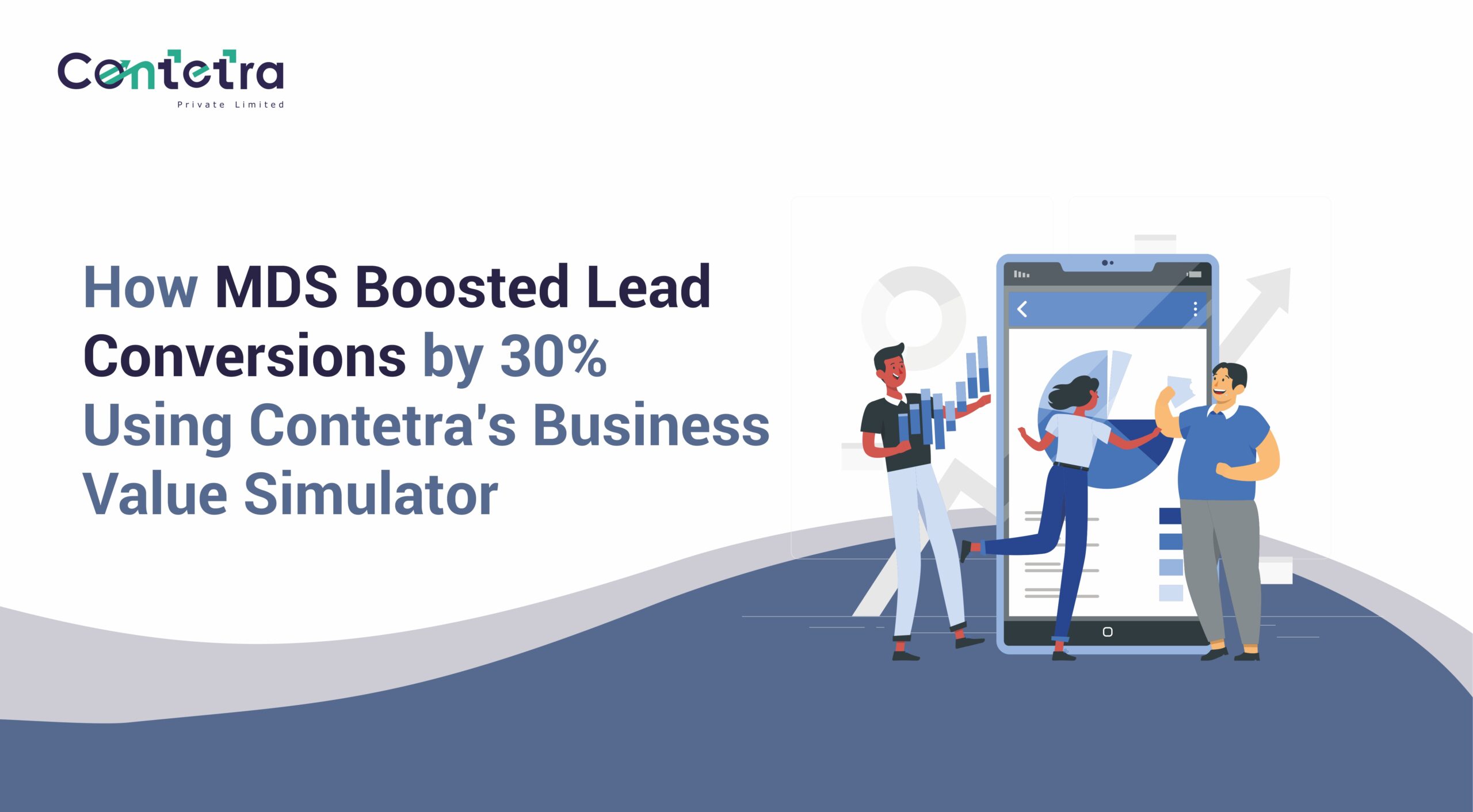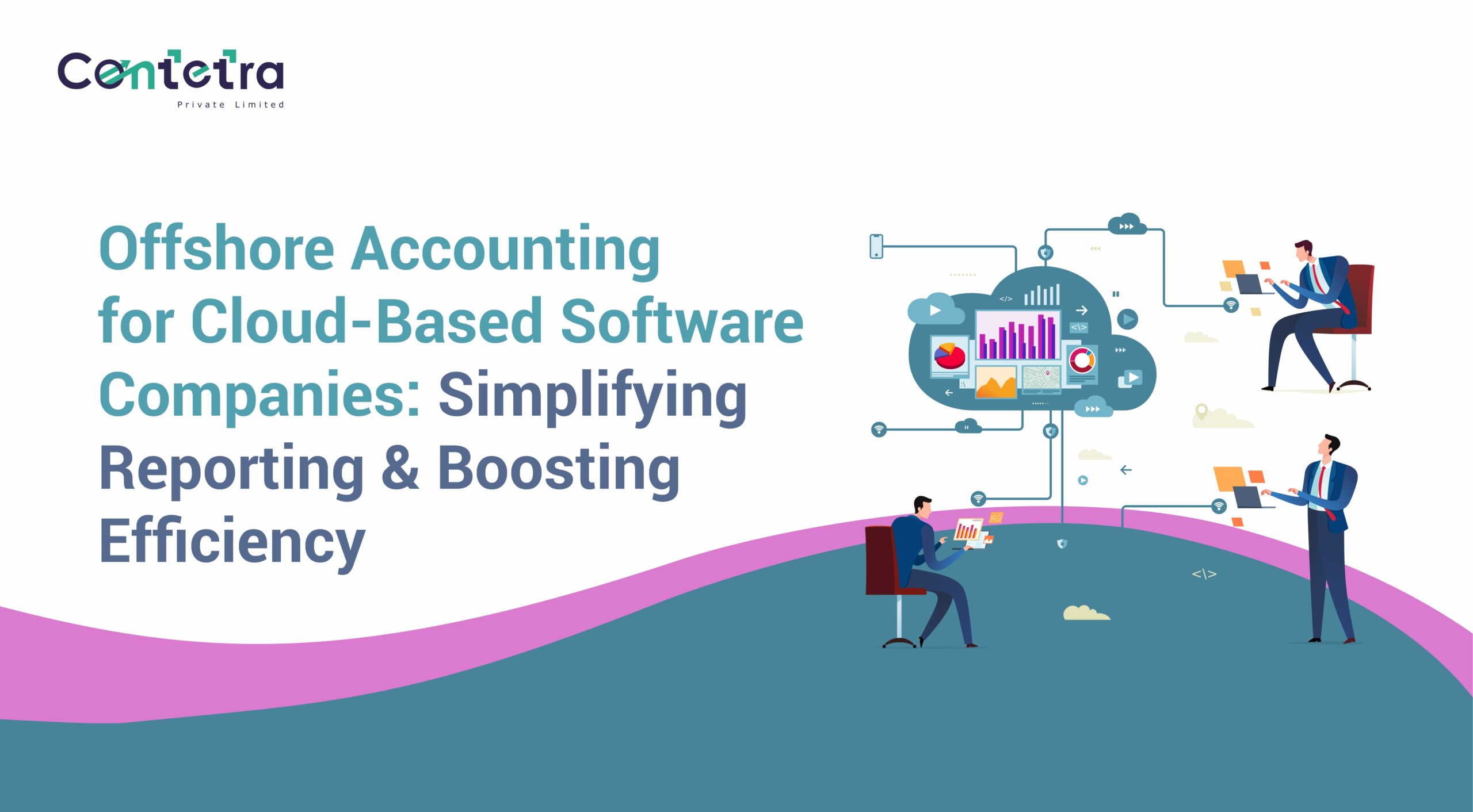Picture a scenario where excellence in manufacturing meets the harsh reality of financial uncertainty and negative working capital. Unfortunate, isn’t it?
Today I am here to explain the various business buckets with the help of an example of one of our marquee clients.
In my previous blog, I spoke about the various stages a business goes through. From loss-making and negative cash flow to becoming investment ready. So today, we’re here to tell you about one of our clients who moved from stage 1 to stage 3.
{Yes, we can do it for you too!}
The Problem Statement
This is the story of Sign Limited (an esteemed client of Contetra whose name had to be changed for privacy reasons), a company that prided itself on crafting products with precision and operational efficiency. But behind their efficient machinery, there were serious financial problems, including significant losses and a negative working capital of INR 58 crores.
Sign Ltd used advanced machinery and automation to improve efficiency, but they didn’t make more money. Instead, these changes created a long-term debt and made their future uncertain.
Sign Limited, is a medium-scale manufacturing company which specialises in three different products. Each product was manufactured with the best operational efficiency possible. Still, they were unable to generate positive cash flow from operations.
In 2022, Sign Ltd. found itself in a precarious position, falling into the first bucket of business operations. With a working capital deficit of INR 58 crores, they were grappling with losses and negative cash flows. Desperate times called for innovative measures:
- They installed best-in-class machinery, to improve productivity.
- They automated most of their processes, which improved operational efficiency.
But, they were still struggling with profitability and achieving positive cash flow. In fact, implementing these changes, created a long-term debt for the company.
But after analysing the company, we found that the company’s profitability cannot be improved with better machines.
All they needed was a better customer profile analysis and a sales strategy. So, how did we optimise their sales strategy to increase the operational margin to INR 86 crore, in just a year?
Let me tell you how!
Sign Ltd has three products:
- Product A was priced at INR 50 Lakh, with a profit margin of 10%
- Product B was priced at INR 20-25 Lakh, with a profit margin of 30%
- Product C was priced at INR 10 Lakh, with a profit margin of a whopping 45%
*Note: These are all gross numbers and do not include the incentives yet.
Here, we found a few insights based on previous sales numbers.
- As obvious, the sales team focused on and achieved the revenue target of product A, by selling a few units, as the ticket size was high. But this product was the least profitable and didn’t churn out much in the bottom line. The other products did not meet their targets.
- The whole sales team of Sign Ltd. was trying to sell every product to every customer. As mentioned in one of my previous blogs, your sales strategy should be divided into buckets based on various customer-product scenarios.
- The major issue was that they were not selling Product A to the right customers.
The Game-Changing Approach
We optimised their sales strategy over a period of six months, by conducting a thorough customer profile analysis and the ideal market. Here are a few steps we executed with Sign Ltd:
Approach 1: Incentives Based on Profit Margins
One of the first strategic shifts we recommended was redefining the incentive structure for Sign Ltd.’s sales team.
Previously, the sales team were incentivised on the basis of the revenue numbers. Each product was incentivised equally, i.e., 1% for all members. So, the sales team was focussing on selling Product A, as they could easily attain the target. But this only created more supply than demand for Product A.
So, what was our suggestion? To incentivise the employees on the basis of profit margins. For example,
If an employee sells Product A,
- Gross Profit company makes= 50 Lakh x 10% = INR 5 Lakh
- Incentive for the employee= 1% of 5 Lakh = INR 5,000
Now, if the same employee sells Product C,
- Gross Profit company makes= 10 Lakh x 45% = INR 4.5 Lakh
- Incentive for the employee= 1% of 4.5 Lakh = INR 4,500
This way both the sales team and company make money equally on each product.
Approach 2: Specialization by Salespeople
Sales is not a one-size-fits-all function. Salespeople are experts with their comfort products and geography.
Recognizing that the one-size approach rarely worked for Sign Ltd, we proposed assigning each salesperson to sell only one product and focus on a specific geography. This specialization allowed salespeople to become experts in their chosen areas, better understand customer needs, and provide tailored solutions. It also ensured that every customer interaction was enriched with expertise, improving customer satisfaction and, consequently, sales.
Approach 3: Distributing Products Strategically
Sign Ltd. was selling Product C in the domestic market. This was not the right market due to – lower demand and high cost of production, translating to low sales.
However, when the product market was analysed, it was found that the domestic market was flooded with competition and dominant players. Let the profitability slide, it was hard to survive in the domestic market for Product C.
So, we explored the international market and decided to create a sales channel and distribution for Product C. As a result, Sign Ltd. strategically reallocated its salesforce to untapped geographies with better currency advantages, thereby maximizing its sales potential.
By implementing these strategic shifts, Sign Ltd. managed to not only increase their profits but also generate positive cash flow from operations, moving them into Bucket 3. This significant improvement in their financial health marked a turning point in their journey.
To illustrate the effectiveness of our approach, Sign Ltd went from a negative working capital to a working capital of INR 28 crore, as of 2023 financials.
I hope now you are prepared to optimise your sales strategy by yourself.
But, do you still not have the time or the resources for this?
Don’t worry, that’s where we come in!
Our team of Chartered Accountants and MBAs is here to help you craft your turnaround story and create 10x value of your investment in the business.
Set up a FREE exclusive business review with us and revamp your sales strategy to get the most out of it!
Feel free to book a slot here for a one-to-one review and get customised solutions for your business: https://calendly.com/reachout-_g/30min?month=2023-10














